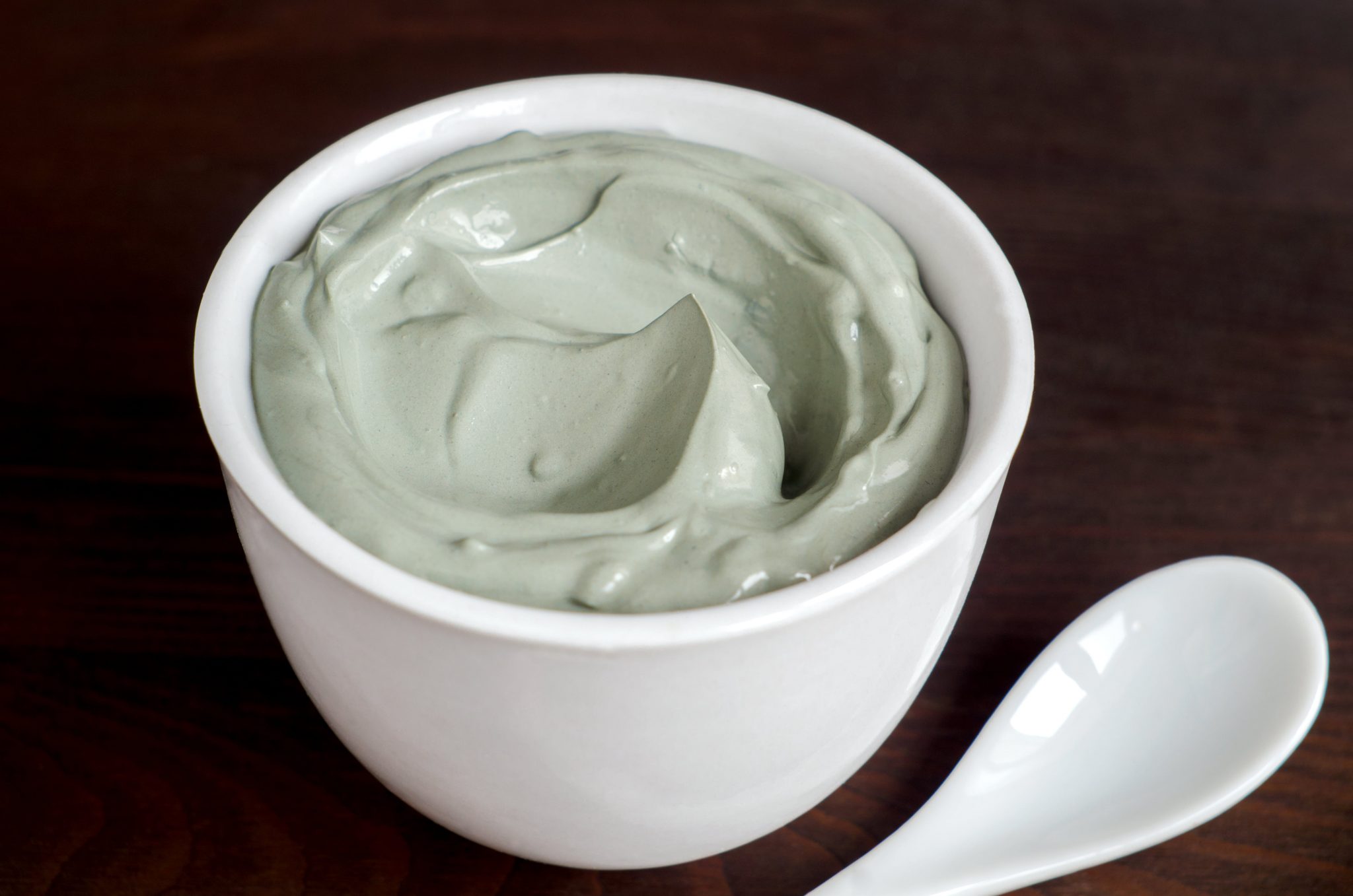Bentonite clay is an effective cleanser that completely cleanses one’s skin, drains out impurities, and binds dirt and oil. According to data, bentonite clay aids in skin calming, dermatitis relief, and acne management. Its antibacterial and anti-inflammatory qualities may aid in skin healing.
Bentonite clay mask benefits may include rejuvenating your skin by eliminating dead skin, exfoliating your skin, promoting younger-looking skin, and even evening out your skin tone.
Anyone who has worked with bentonite clay before understands how simple it is to mess up with a chunky and lumpy mess. Not at all like the advertised soft mask! So, how do one smooth a bentonite clay mask?
In practice, there are two possible ways to prepare a smooth and lump-free bentonite clay mask: combine it with apple cider vinegar and honey, or use solely apple cider vinegar. For both circumstances, it’s also critical to apply the clay gradually instead of together at once. This will contribute to decreasing lumps even more.
Apple cider vinegar is required because bentonite clay dissolves notably better in ACV than in other solvents (such as water) and alters the pH of the mask to make it more skin-friendly.
In this article, we will guide you through the specific techniques to produce bentonite clay masks without lumps.
Table of Contents
Steps to mix bentonite clay without lumps
STEP 1: Pour the apple cider into a bowl
- The first step in creating a smooth bentonite clay mask is to substitute apple cider vinegar for ordinary water. Here’s why this is significant:
- The pH of apple cider vinegar is between 2 and 3, indicating that it is quite acidic, whereas the pH of bentonite clay is between 9 and 10, indicating that it is on the alkaline side of the pH scale.
- So, when we speak concerning our skin, its pH ranges from 4.7 to 5.5, indicating that it is somewhat acidic. Altogether, combining bentonite and ACV results in a pH that is closer to that of the skin.
STEP 2: Mix up an equal amount of clay with the apple cider vinegar
- In this stage, you should add an equal amount of bentonite clay to the ACV. This is 1 Tbsp ACV to 1 Tbsp clay, 2 Tbsp ACV to 2 Tbsp clay, and so on.
- Adding the clay slowly, rather than all at once, may result in a finer consistency.
- Mix the mask using a silicone spatula. The silicone spatula aids in softening any clumps of clay that may form.
STEP 3: Add honey if desired, or let the mask settle
- The smooth texture of honey is ideal for swiftly transforming a bentonite clay mask into a smooth and creamy emulsion.
- For every 2 tbsp of bentonite clay, use 1/2 to 1 teaspoon of raw honey. Use 1/2 teaspoon if you prefer a thicker mask. If you would like a thinner texture for your mask, add 1 teaspoon of honey, or if you are allergic to honey, leave the mask on the countertop for 2 – 3 minutes.
- For some odd reason, allowing the mixture to “settle” appears to make it smoother. Mix the contents one more time. You’ll now have a smoother, creamy texture mask.
Here is the video, How to mix Bentonite Clay
Conclusion
Following the processes outlined above can result in ready-to-use lump-free bentonite clay for rejuvenating your skin by eliminating dead skin, exfoliating your skin, promoting younger-looking skin, and even evening out your skin tone.
